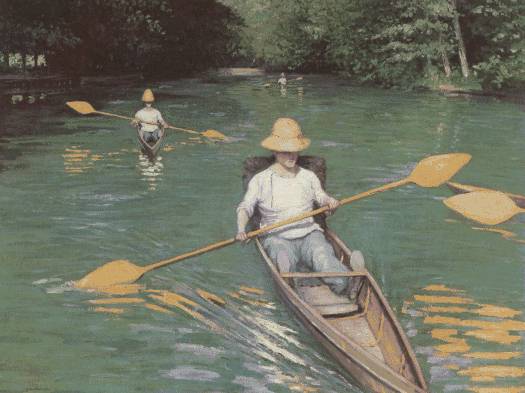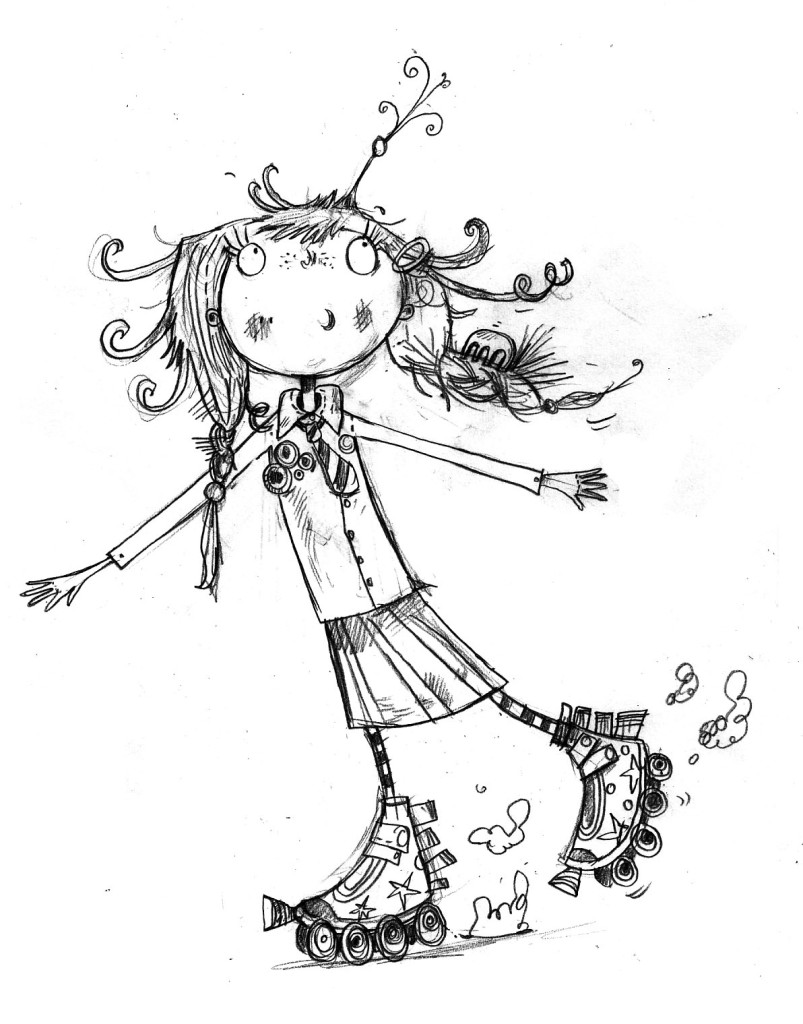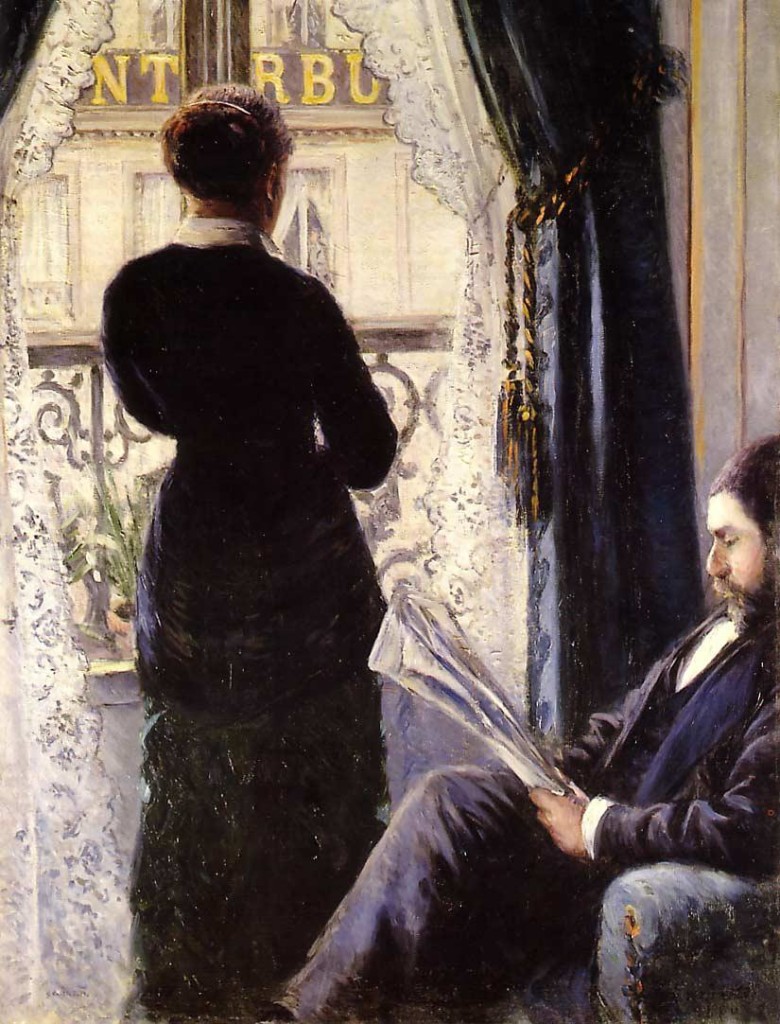The lovely Helen Fennell, in a blog post which you can find here, asks other readers if they actually ‘see’ characters’ faces precisely. She says, ‘faces seem to elude me for the most part, I imagine almost the “essence” of a person rather than any great detail’. She then goes on to wonder, ‘Do authors have a very clear idea of what their characters look like? Can they create an image in their head akin to a photo?’
And then asks (in the Britishest way possible): ‘If it isn’t too impertinent a question, what do you imagine when characters from books take their place inside your head?’
This topic chimed with me because I, like Helen, never see detailed characters’ faces when I read – nor when I write. This is all the stranger as, firstly, I’m a very visual person, an amateur doodler and an avid reader of comics, and, secondly, I ‘see’ places and surroundings in a very precise way, however little they might be described.
Unlike Helen, I’m not very easily influenced by film adaptations (though when a book is heavily illustrated, I’m influenced by the drawings), so the Harry in my head isn’t in any way Daniel Radcliffe . However, he isn’t either a very different person with precise features; his face is just a blurry ovoid thing, with glasses and a scar and a ‘shock of jet-black hair’.
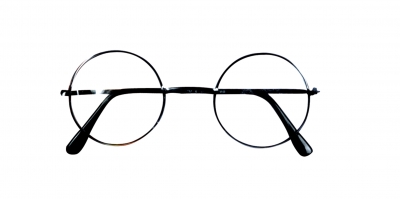 I’m very sensitive to colour in my everyday life, and mildly synaesthetic (colour/ letters, /numbers and /sounds). Some characters are patches of colour rather than faces; this seems to be triggered by the writing style and atmosphere. Characters in novels by Colette, Beauvoir, Larbaud, Nabokov ’emit’ a lot of colours for me.
I’m very sensitive to colour in my everyday life, and mildly synaesthetic (colour/ letters, /numbers and /sounds). Some characters are patches of colour rather than faces; this seems to be triggered by the writing style and atmosphere. Characters in novels by Colette, Beauvoir, Larbaud, Nabokov ’emit’ a lot of colours for me.
In my own books, I very rarely describe main characters. There’s strictly no physical description of Sesame Seade in any of the books, for instance. For me, she wasn’t much more than a mass of hair whooshing around on purple rollerskates. When we were ‘briefing’ Sarah Horne for the illustrations, my editor called me to ask what Sesame looked like, and I didn’t really have an answer.
Yet when Sarah sent the first illustration, I immediately ‘recognised’ her. It was ‘as I’d imagined her to look like’, yet I hadn’t imagined her to look like anything specific.
French philosopher Clément Rosset talks about those moments when we think that someone looks like someone else, and then are incapable of saying who; we resort to saying ‘he’s got one of those faces’. Or when we see on screen an actor playing a character from a book, and we scream, ‘that’s not what she looks like at all!’. And yet we don’t have in our head any precise idea of ‘what she looks like’.
Or, we see for the first time the face of a radio presenter, and it can’t be them, surely not! That’s not the face we assigned to that voice. But what was that face? Not much more than a blur – but we’re adamant that it’s not that one.
This is, Rosset says, moments which evidence the ‘existence’ of invisible visions; an intimate conviction that we are referring to something (a perception, a thought, an image) when we are in fact referring to nothing at all, or not much. This ‘thinking about nothing’ is much stronger than reality, because reality is unfavourably compared to it: Daniel Radcliffe is much less Harry Potter than the not-much in my mind.
In Rosset’s view, which is connected to his wider theory of reality and its double, the invisible is eminently superior because it is ours, infinitely malleable, and always future; reality, in its visibility, is solid and boring. It is ‘the thing that we dream of when it is far, and which disappoints when it is close’ (45).
Rosset’s explanation, though, fails to explain why I, on the other hand, immediately ‘recognised’ Sarah Horne’s Sesame, and why I do sometimes (and I’m sure many of you do too) ‘recognise’ book characters in the form of the flesh-and-blood actors, with no or very little effort.
Helen is right to say that the ‘essence’ of the person (or character) is important. I ‘recognised’ the spirit of Sesame in Sarah’s drawing, and it’s precisely because I had no vision of her – because she was ‘invisible’ or ‘not-much’ in my mind – that the image was so cosily accommodated by my imagination.
What about when characters are heavily described? I’ve noticed that I tend to skip or not take into account physical descriptions. There are ideological problems, though, with this tendency. Infamously, the character of Rue in Hunger Games was at the centre of a racist storm in recent years when it emerged that she’d been Black the whole time. This was news to many readers, who had masterfully avoided the moments in the text where this was made clear. Rue had been by default white.
We’re often asked by students and pupils ‘who we would cast’ as our book characters (presumably also because many people think that having one’s book adapted into a film would be a writer’s deepest joy, and it’s very hard to convince them otherwise). Recently I did a school visit in France for one of my teenage books, where the students had ‘cast’ famous actors and actresses in the roles of the main characters, and asked me whether I agreed. It was an interesting exercise but I didn’t feel I could help much.
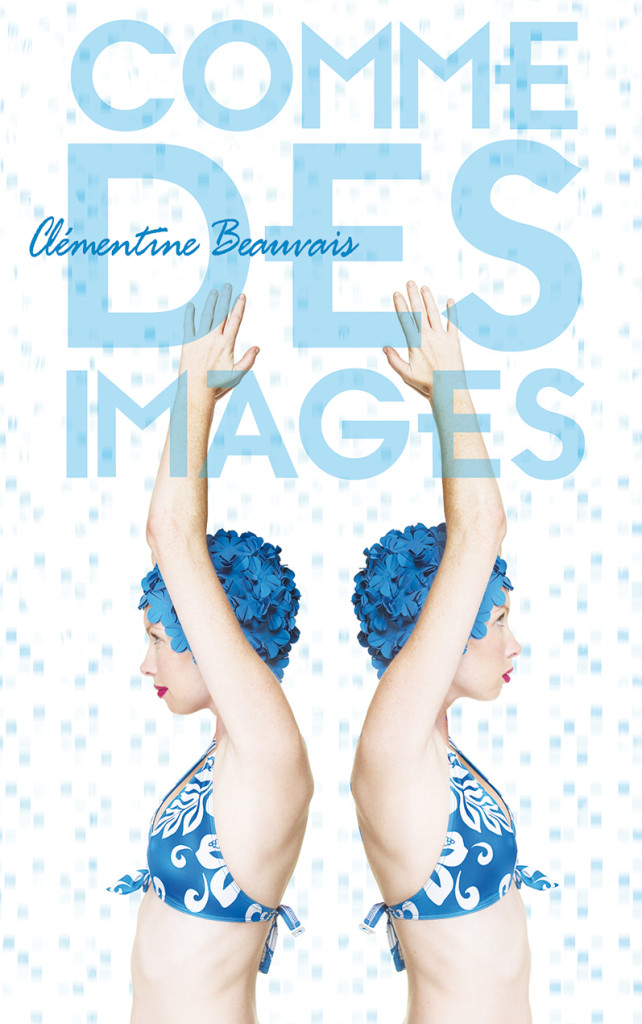 In the book, there’s absolutely no physical description of the narrator. Her name isn’t even mentioned. The teenagers had tried to imagine what she might look like. They’d had a poll in the class, saying how many people ‘saw’ her as having ‘short hair, mid-length hair, long hair’; ‘blond hair, brown hair, black hair’; whether she was ‘short or tall’ (she was by default white). They asked me for the right answer, but of course, I didn’t know.
In the book, there’s absolutely no physical description of the narrator. Her name isn’t even mentioned. The teenagers had tried to imagine what she might look like. They’d had a poll in the class, saying how many people ‘saw’ her as having ‘short hair, mid-length hair, long hair’; ‘blond hair, brown hair, black hair’; whether she was ‘short or tall’ (she was by default white). They asked me for the right answer, but of course, I didn’t know.

